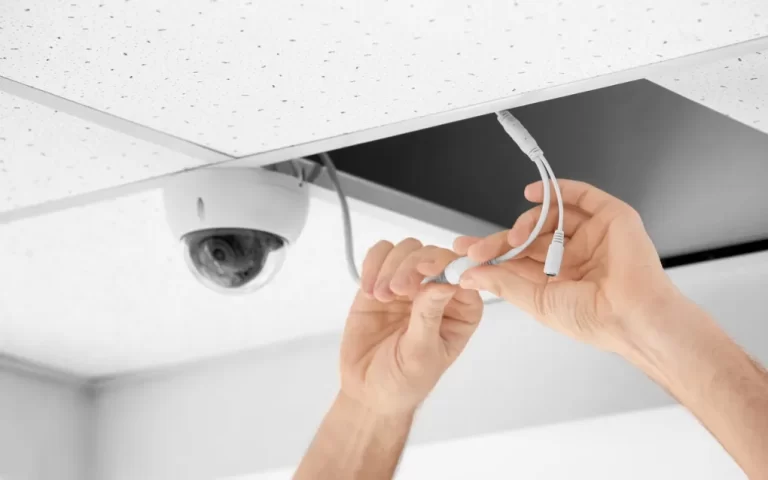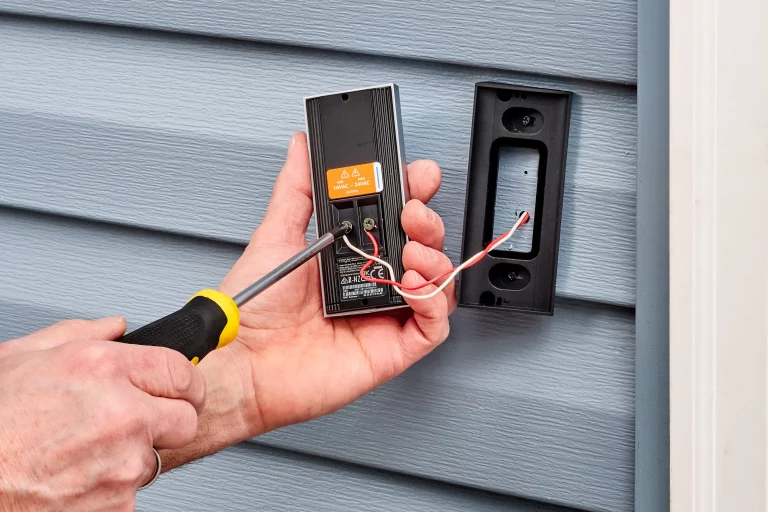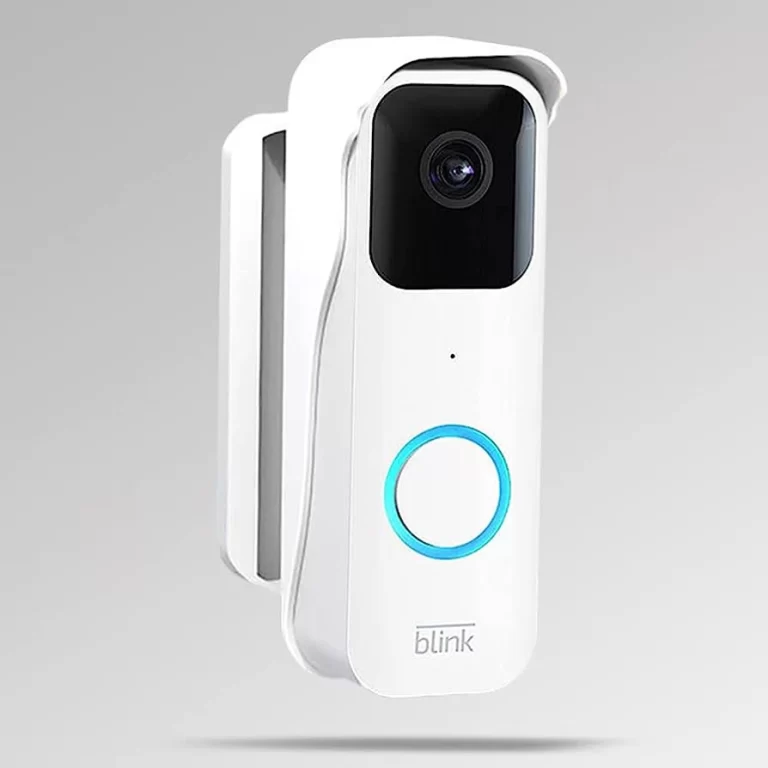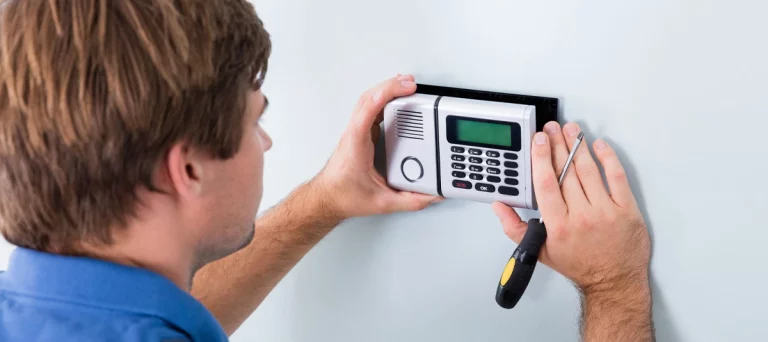What Edges Should You Babyproof?
According to recent statistics, accidents involving infants and toddlers often occur as a result of falls or collisions with sharp edges. As a parent or caregiver, it’s crucial to create a safe environment for your little one by babyproofing your home.
In this article, we’ll explore the different edges that should be babyproofed, providing you with practical tips and guidelines to keep your child safe and secure.
What Edges Should You Babyproof?
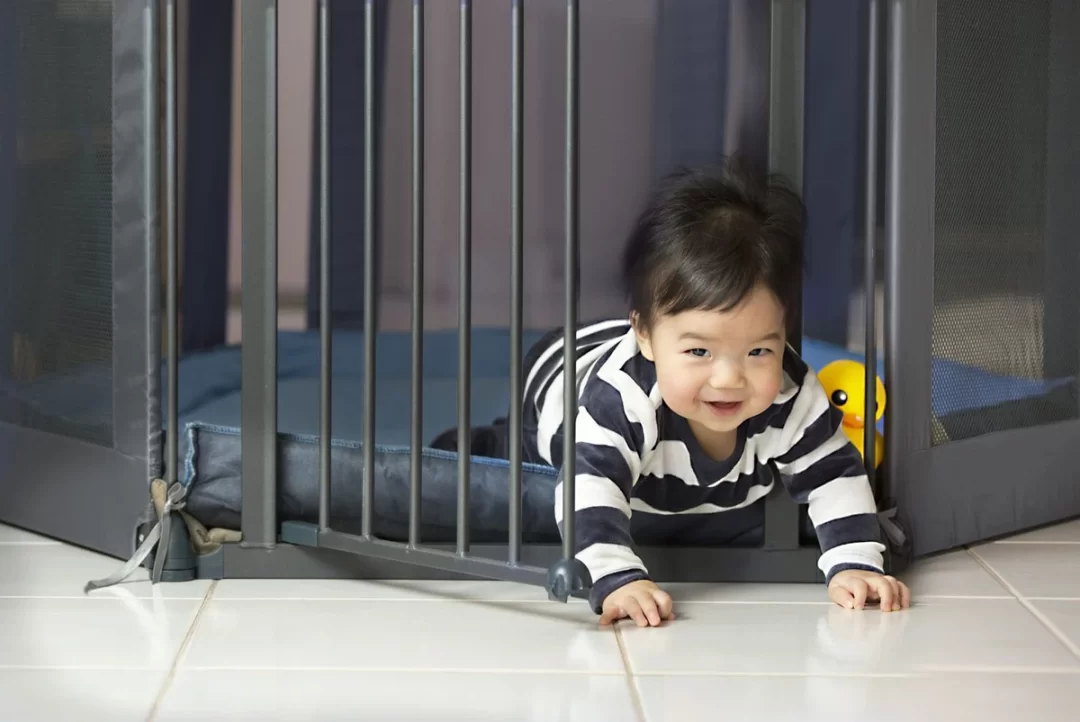
Babyproofing your home is essential to ensure the safety and well-being of your child. As babies and toddlers explore their surroundings, they are prone to accidents, especially involving sharp edges.
By taking proactive measures to eliminate or minimize potential hazards, you can significantly reduce the risk of injuries. Let’s dive into some of the edges that should be carefully baby proofed.
1. Corners and Edges of Furniture
Furniture with sharp corners and edges pose a significant risk to babies and toddlers, especially when they are learning to walk or crawl. To babyproof these areas, consider the following:
I. Use corner guards or bumpers: Install soft, cushioned corner guards on tables, cabinets, and other furniture to prevent injuries from accidental collisions.
II. Secure heavy furniture: Ensure that heavy furniture, such as bookshelves and TV stands, are securely anchored to the wall to prevent tipping over.
2. Kitchen Countertop and Table Edges
The kitchen can be a hazardous area for young children, especially when it comes to countertops and table edges. Here’s how you can babyproof these areas:
I. Apply edge protectors: Install edge protectors made from foam or rubber on the edges of countertops and tables to soften any potential impact.
II. Keep hazardous items out of reach: Store sharp objects, such as knives and scissors, in locked drawers or cabinets that are inaccessible to children.
3. Fireplace and Hearth Edges
Fireplaces and hearths can be a source of warmth and comfort in a home, but they also pose a danger to babies and toddlers. To babyproof these areas, follow these precautions:
I. Use a fireplace gate: Install a sturdy fireplace gate or screen to prevent your child from accessing the fireplace and protect them from burns.
II. Pad the hearth edges: Apply fireplace hearth pads or cushioned edge guards to soften the edges and reduce the risk of injuries if your child falls.
4. Windowsills and Window Edges
Windows can be fascinating for young children, but they can also present risks. To ensure window safety, consider the following measures:
I. Install window guards or safety netting: Use window guards or safety netting to prevent your child from falling out of open windows.
II. Keep furniture away from windows: Avoid placing furniture near windows to prevent your child from climbing onto sills or accessing window edges.
5. Edge of Stairs
Staircases can be dangerous for young children who are still learning to navigate them safely. Here are some steps you can take to babyproof stair edges:
I. Install stair gates: Use safety gates at the top and bottom of staircases to prevent your child from accessing them without supervision.
II. Secure loose carpeting: Make sure that any loose or frayed carpeting on stairs is securely fastened to avoid tripping hazards.
Conclusion
Babyproofing your home is a crucial step in ensuring the safety and well-being of your child. By identifying and addressing potential hazards, such as sharp edges, you can significantly reduce the risk of accidents and injuries.
Remember to install corner guards, edge protectors, and safety gates, and keep hazardous objects out of reach.
READ ALSO!!!
